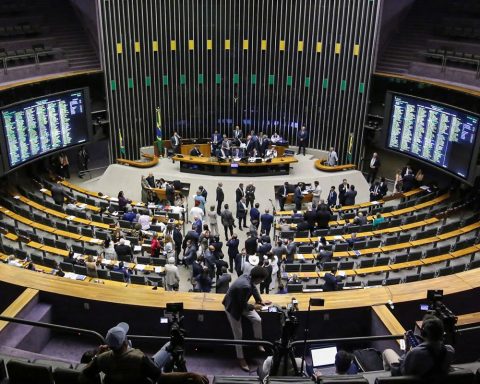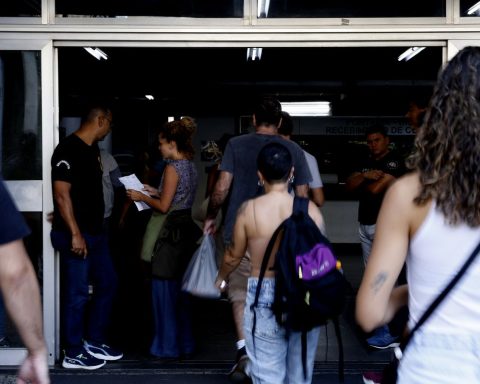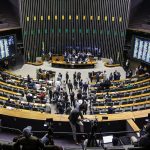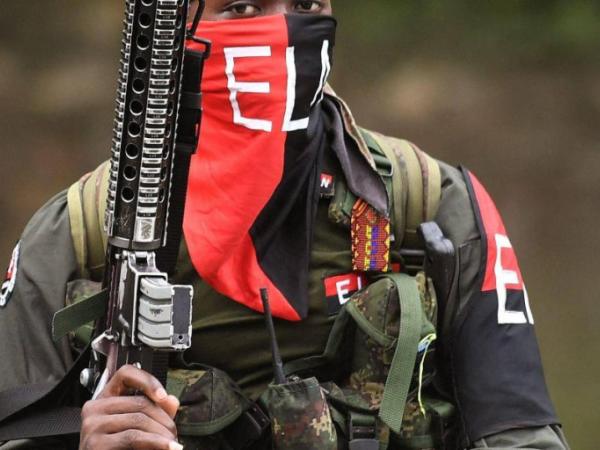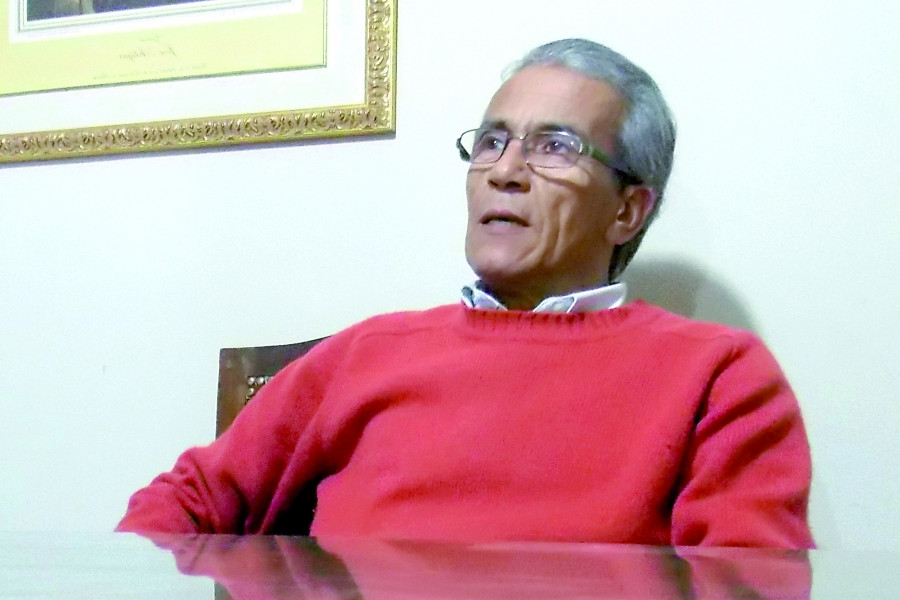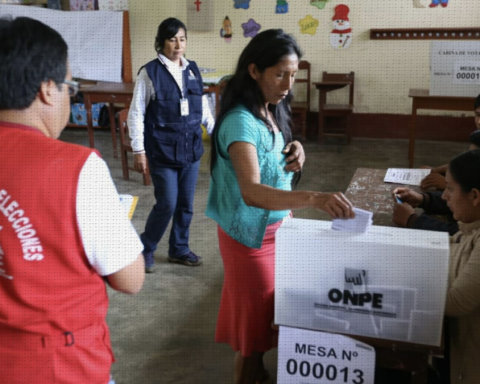The Minister of Justice and Public Security, Ricardo Lewandowski, signed this Friday (17) the ordinance that establishes protocols for the gradual use of police force. The text regulates a published decree by President Luiz Inácio Lula da Silva at the end of last year, formulated based on extensive debate with federal, state and municipal security agencies and civil society.

“We are trying to standardize police action throughout the national territory”, highlighted the minister, in a press conference after signing the ordinance. “We want the police to act rationally and react proportionately to threats”, he pointed out.
Lewandowski also argued that the ordinance was widely discussed with all members of the Brazilian Public Security System and is based on international standards to which Brazil is a signatory. According to the minister, the use of force must comply with the principles of legality, necessity, proportionality and reasonableness.
“The lethal use of physical force and lethal force should only occur when there is no longer any other possibility of using an alternative way, an instrument with less offensive potential against the person. Because human life, according to the Constitution itself, is an absolutely fundamental good “.
Both the current ordinance and the December decree are the result of a working group that began in February 2024, composed of representatives from the Council of Secretaries of Public Security, the National Council of General Commanders of Military Police, the National Council of Chiefs of Police, representatives of civil guards, Federal Police (PF), Federal Highway Police (PRF), International Red Cross and civil society entities, such as the Brazilian Public Security Forum (FBSP).
“All standards established in this ordinance, which provides practical procedures, are in accordance with UN parameters [Organização das Nações Unidas]. And the idea of the Ministry of Justice and Public Security is to protect the lives of police officers and the population, as well as the establishment of clear procedural rules for police officers”, argued the national secretary of Public Security, Mário Sarrubo.
Among the points covered by the ordinance are rules for the use of firearms, instruments with less offensive potential, crisis management, use of handcuffs and personal and home searches.
The federal government will also make 249,000 pepper gas sprays and 22,700 neuromuscular incapacitation weapons (shock weapons) available to states and municipalities, with resources from the National Public Security Fund. To receive the equipment, federated entities will have to adhere to the ordinance’s guidelines if they want to make use of the fund’s resources. The MJSP will also offer 110 training courses for more than 4,500 police officers, who will be able to replicate the training content.
Monitoring Committee
The ordinance also establishes the National Committee for Monitoring the Use of Force, which will be made up of representatives from all police agencies. Among the collegiate’s responsibilities are the production of reports with analyzes and guidelines for the implementation of the decree, monitoring the implementation of the National Public Security Plan, in relation to the differentiated use of force, reducing police lethality and the victimization of police officers themselves. public safety.
Strategic Core
The federal ministry also created the Strategic Center for Combating Organized Crime, which will be headed by the Minister of Justice himself, integrating federal security forces and asset control bodies.
Among the responsibilities is to map and organize information on the activities of criminal organizations, promote the integration and de-bureaucratization of procedures and streamline the processes of identifying and confiscating assets of criminal organizations.
